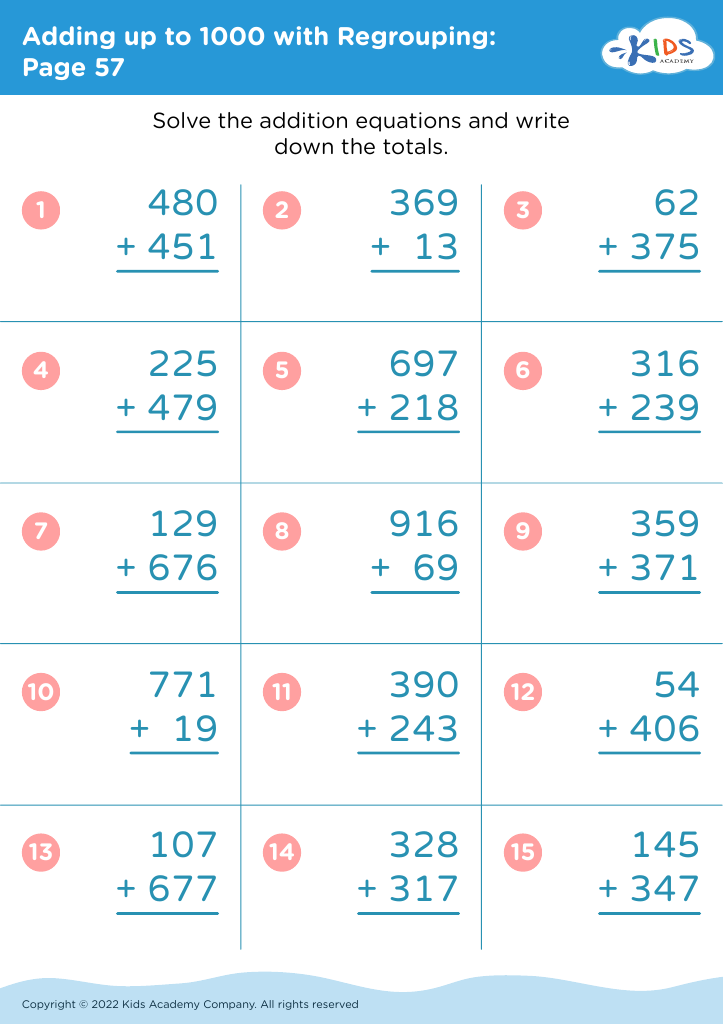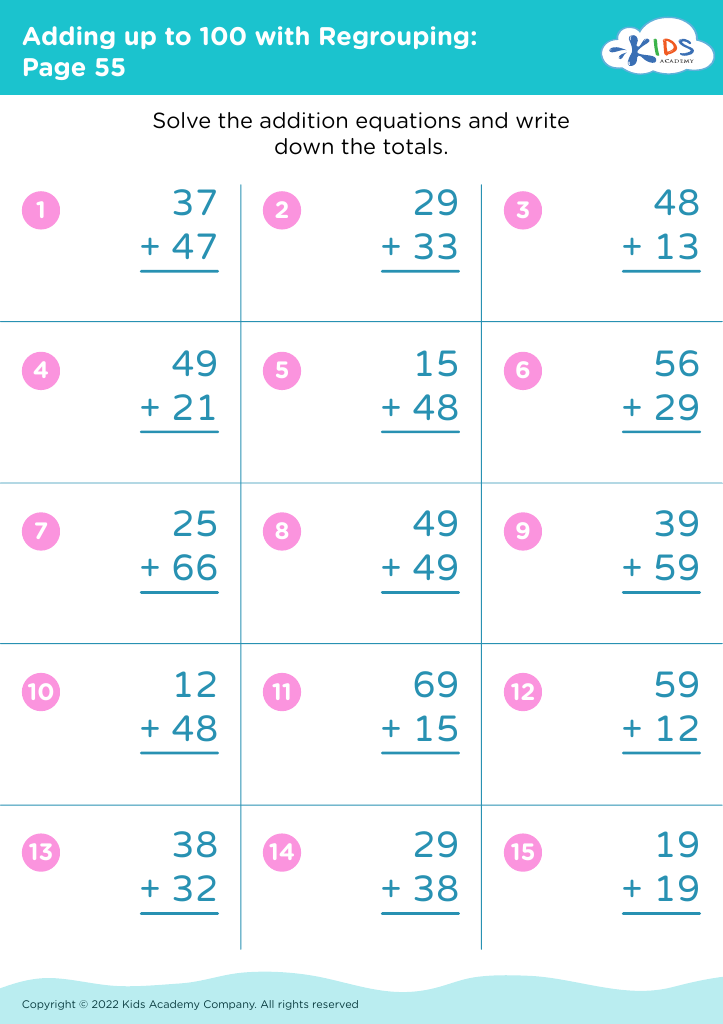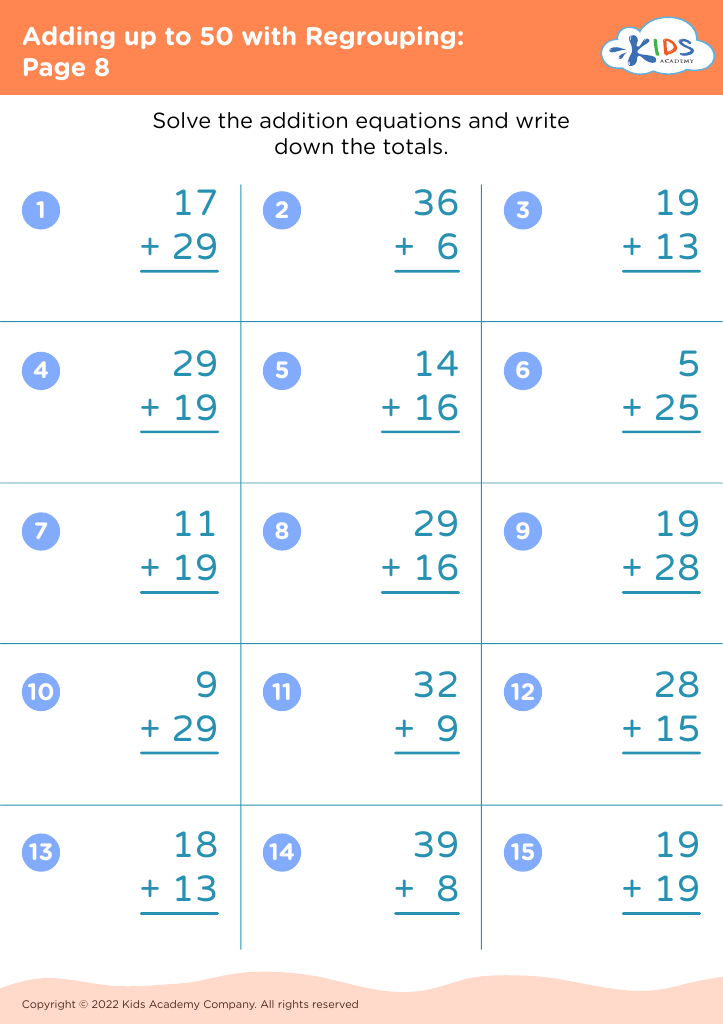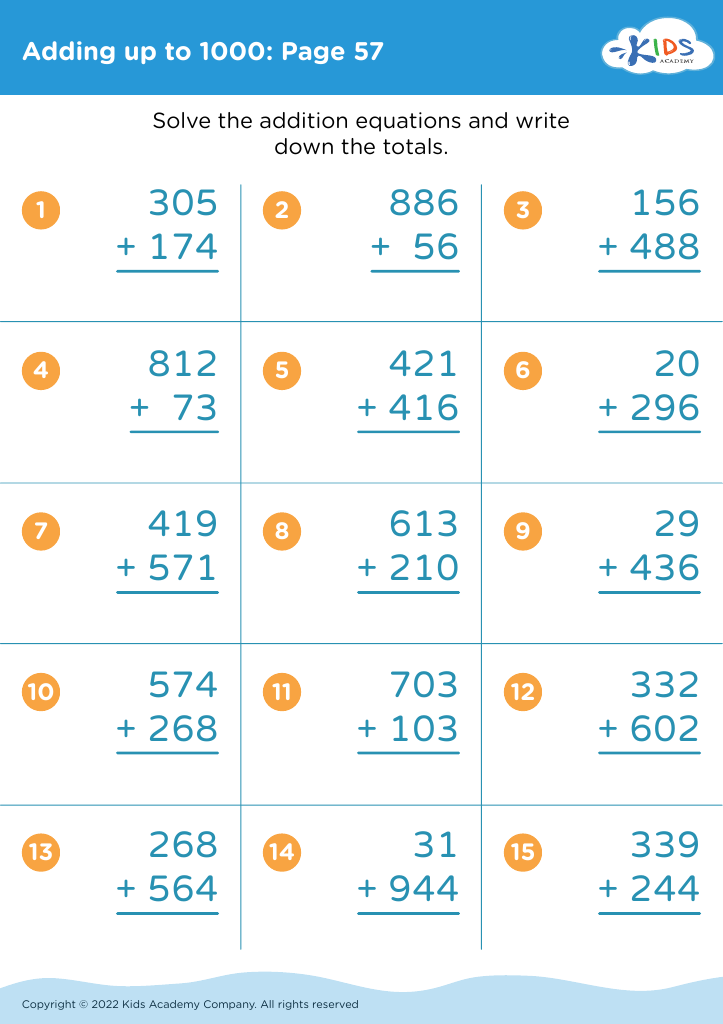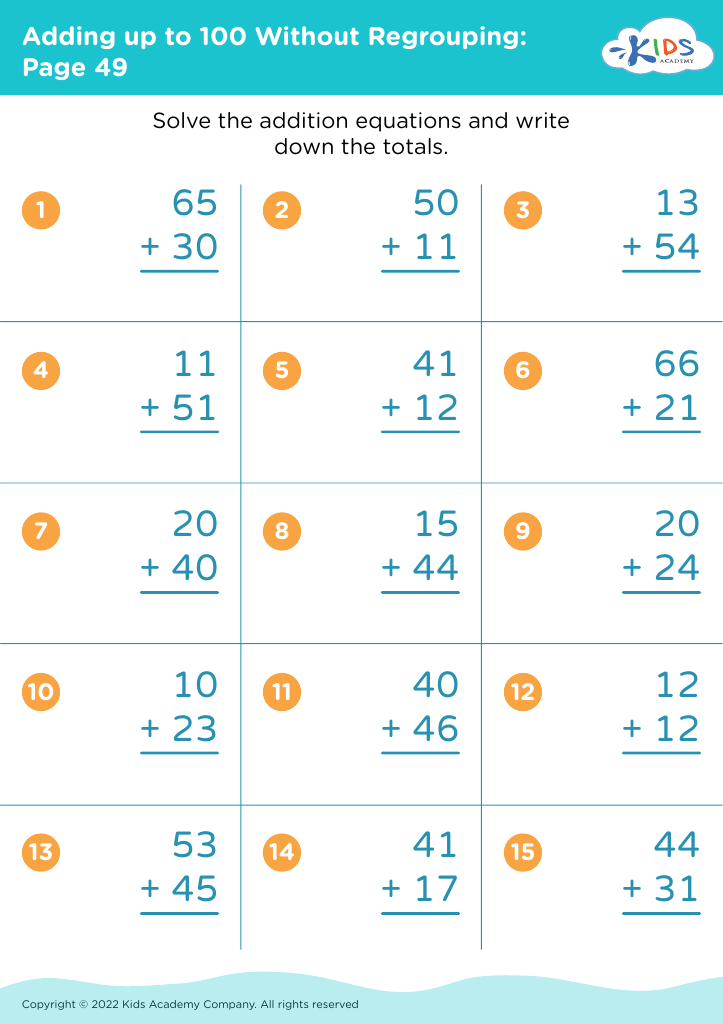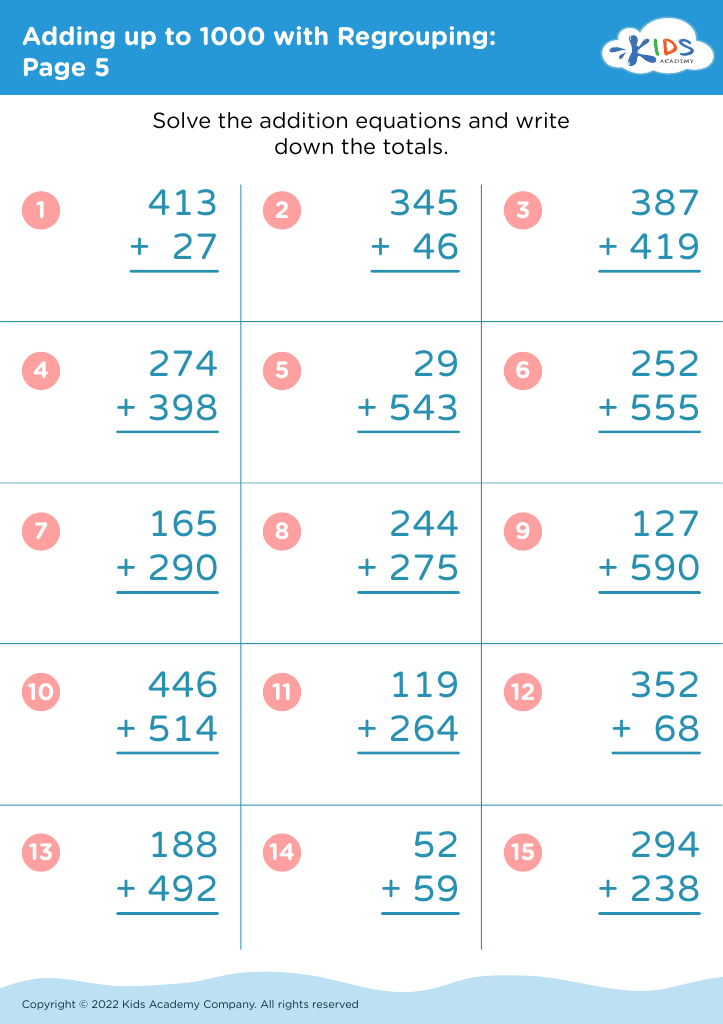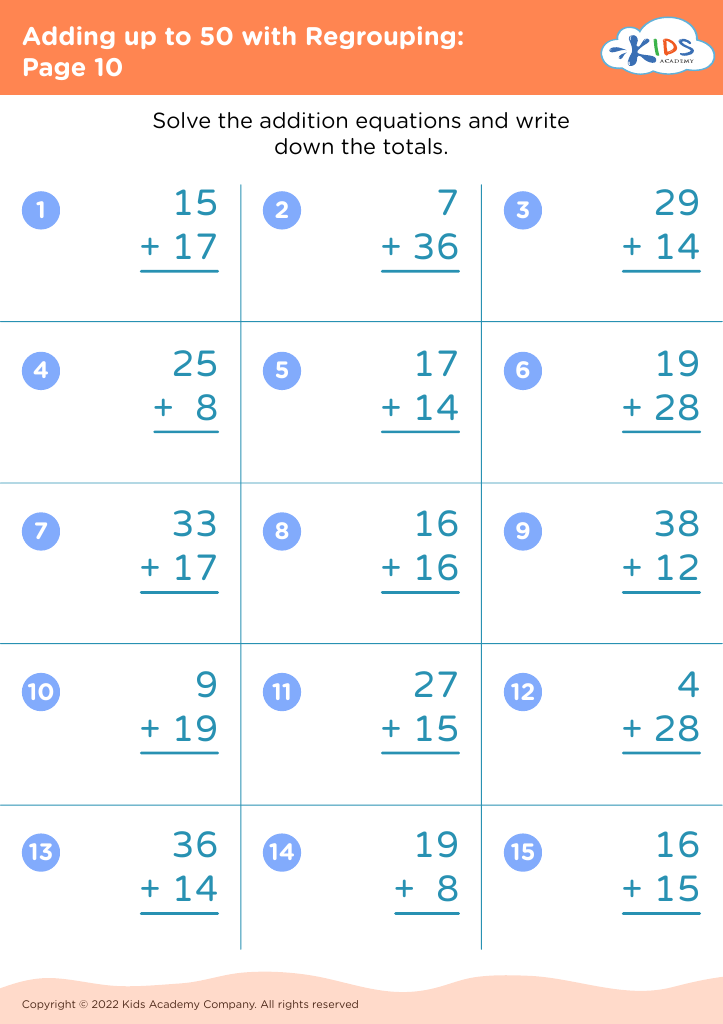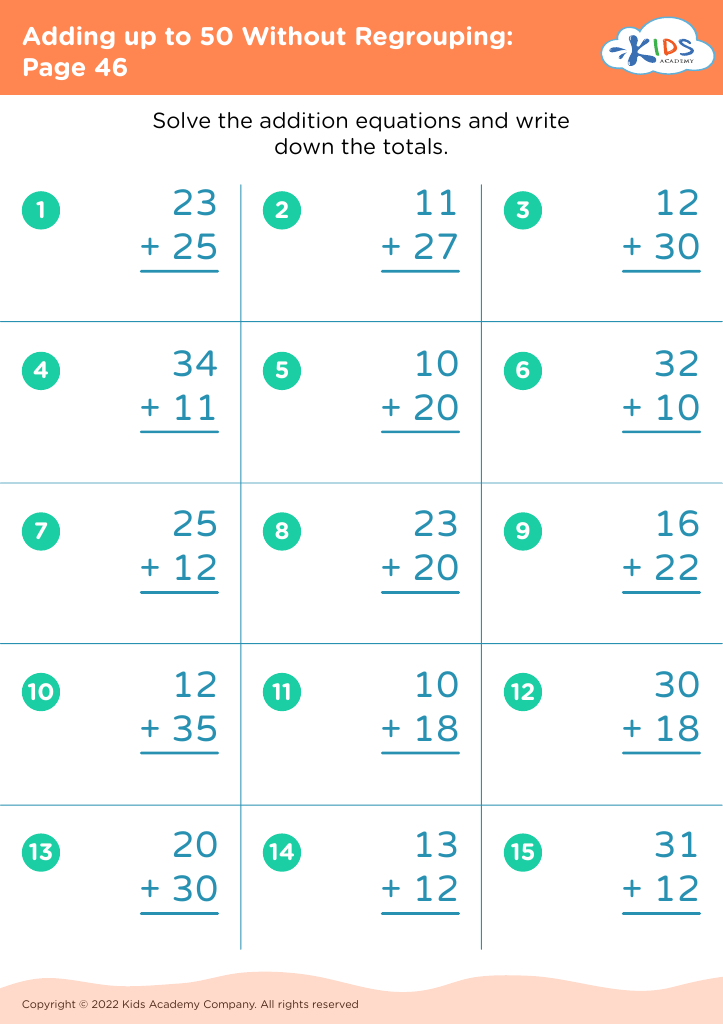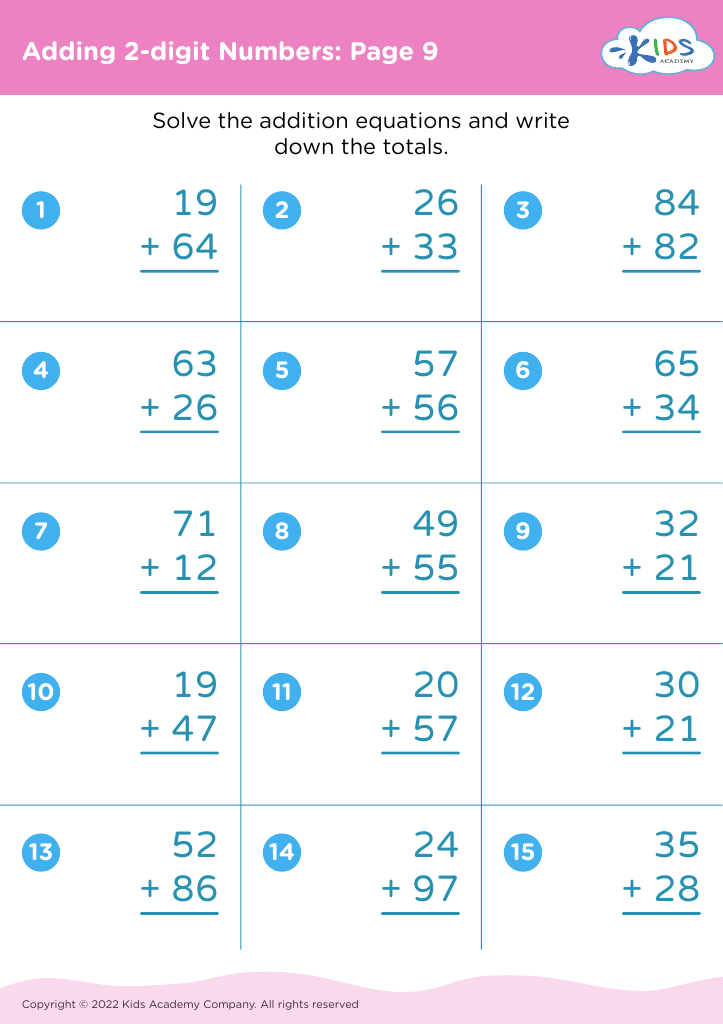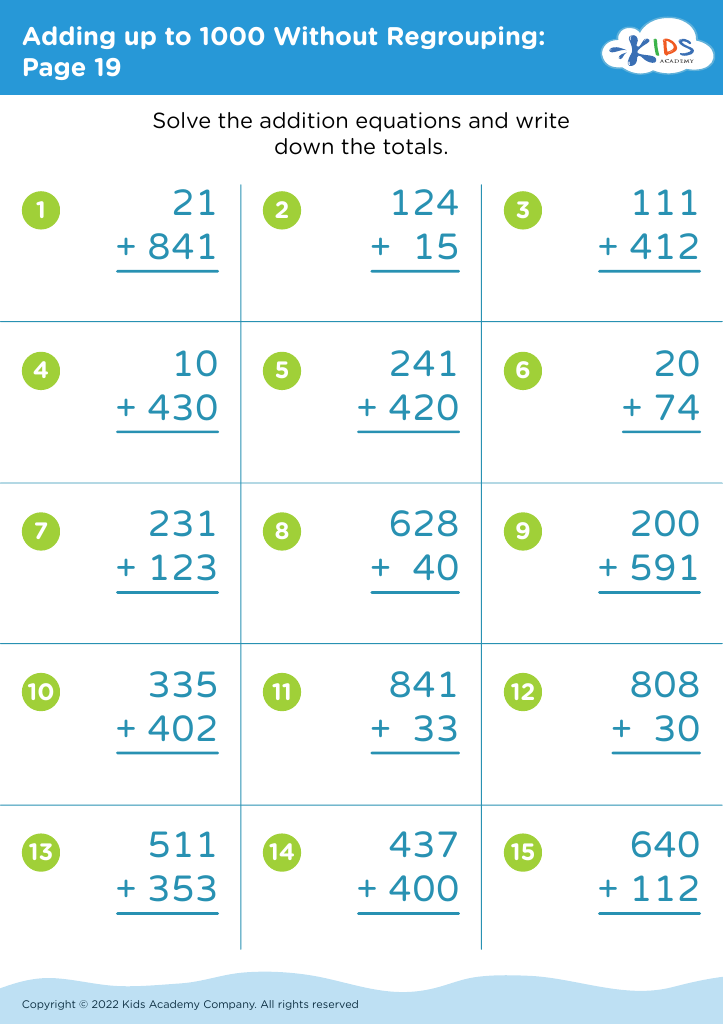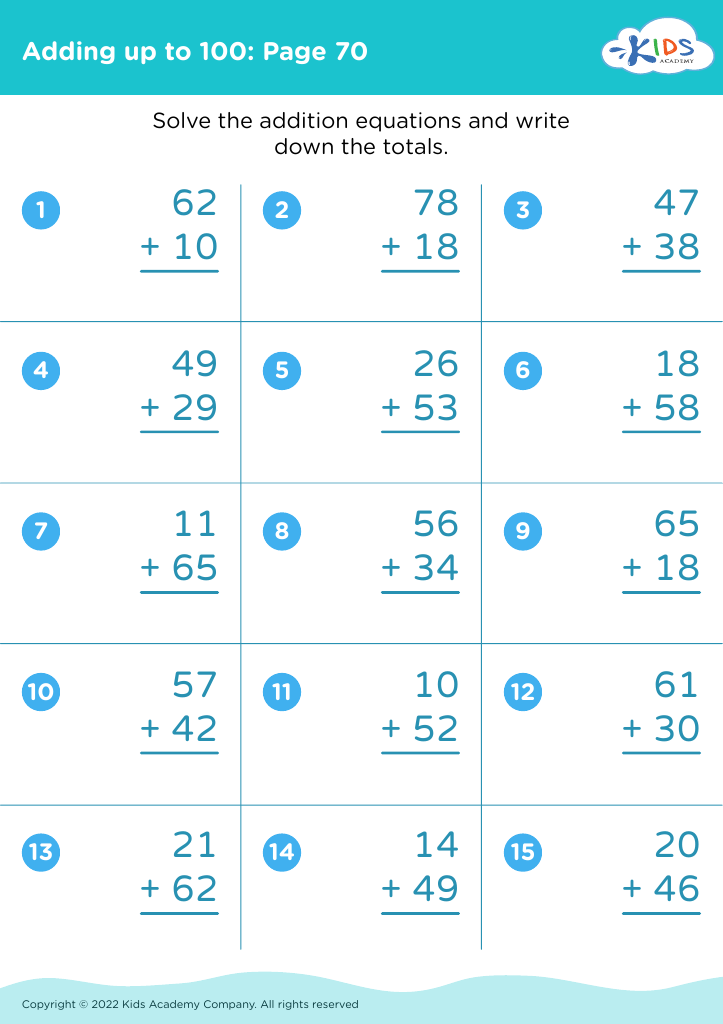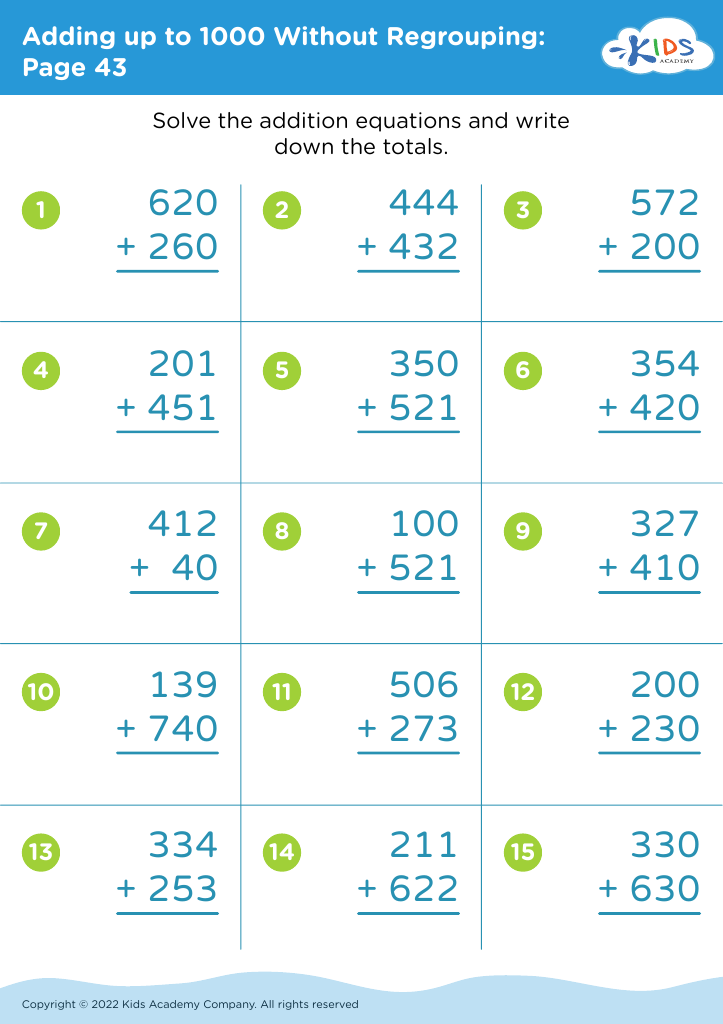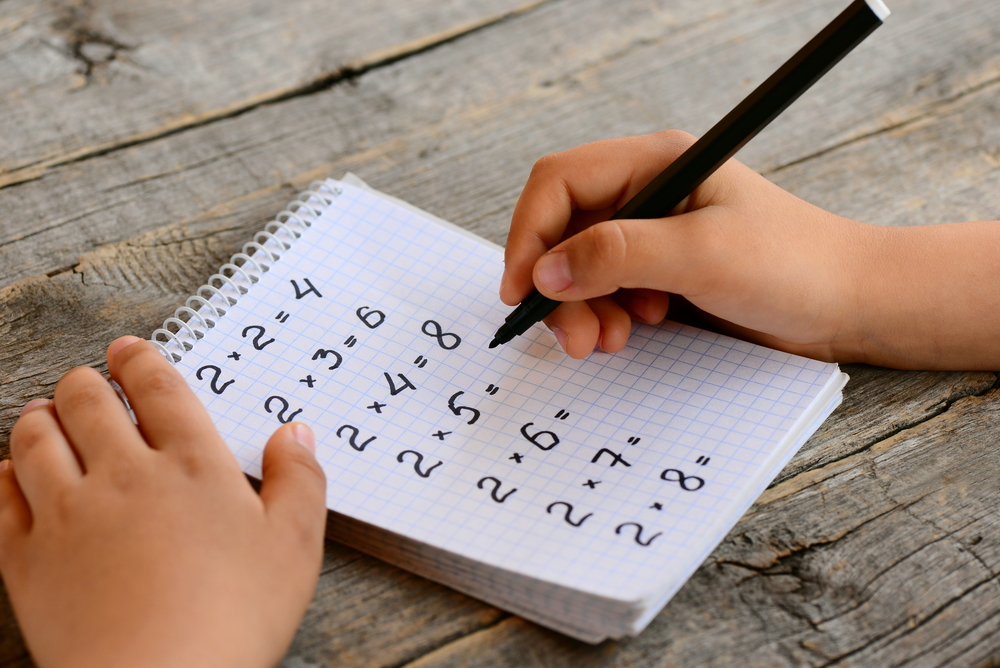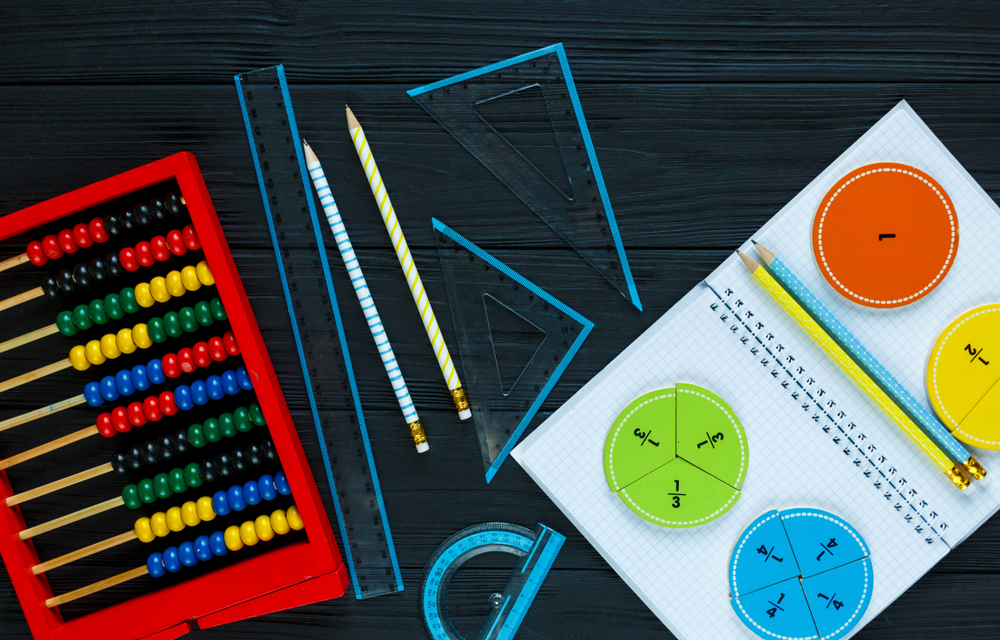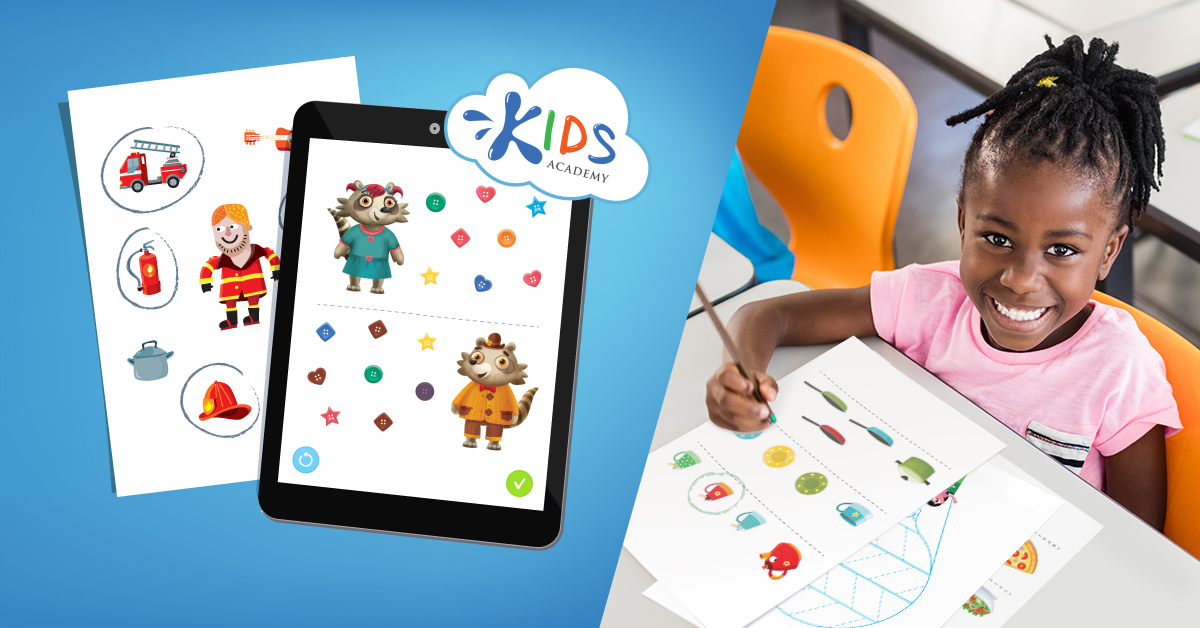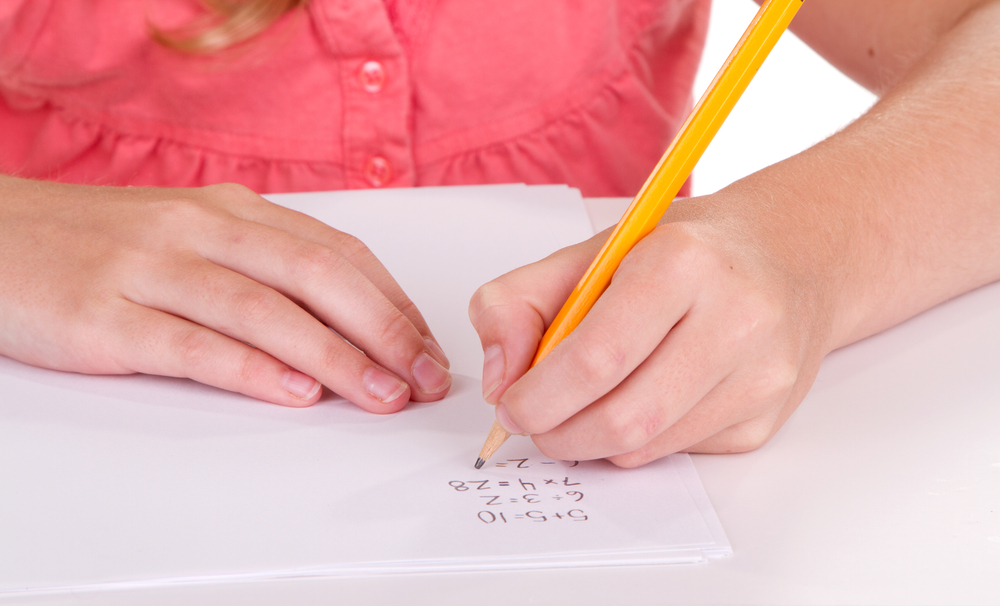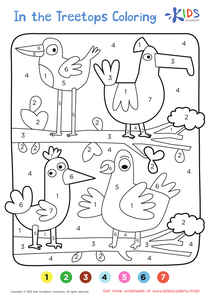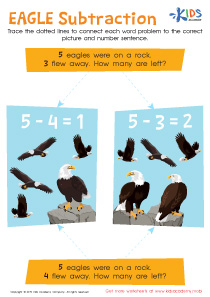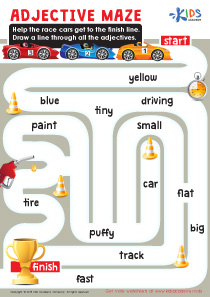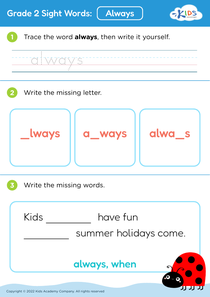Shape identification Grade 2 Addition Worksheets
13 filtered results
-
From - To
Unlock the exciting world of shapes and addition with our "Shape Identification Grade 2 Addition Worksheets." These engaging worksheets are designed to help second-grade students identify various geometric shapes while practicing essential addition skills. Featuring a variety of fun, interactive exercises, students will enjoy learning how to recognize and name shapes, count sides and angles, and solve addition problems. Perfect for both classroom and home use, these worksheets not only foster mathematical competence but also develop critical thinking and problem-solving abilities. Boost your child's confidence and make learning enjoyable with our expertly crafted educational resources.
Parents and teachers should recognize the importance of shape identification and Grade 2 addition because they lay the fundamental groundwork for many essential skills. Shape identification helps children understand different geometric properties and spatial logic, which is crucial not only in math but also in other subjects like science and art. Recognizing various shapes fosters visual-spatial intelligence, allowing kids to navigate their environment more effectively and understand more complex mathematical concepts in the future.
Simultaneously, mastering Grade 2 addition is vital as it bolsters basic arithmetic skills crucial for daily life and future academic success. Early addition skills form the basis for more complex mathematical operations like subtraction, multiplication, and division. Fluent addition skills also help build problem-solving abilities and logical thinking, influencing how children approach challenges in various subjects.
Moreover, both shape identification and addition encourage concentration, attention to detail, and fine motor skills through activities like drawing shapes or using manipulatives for adding numbers. These activities make learning fun and interactive, which can promote a love for learning in young students. Hence, focusing on these areas allows for a well-rounded early education essential for the academic and cognitive development of young children.
